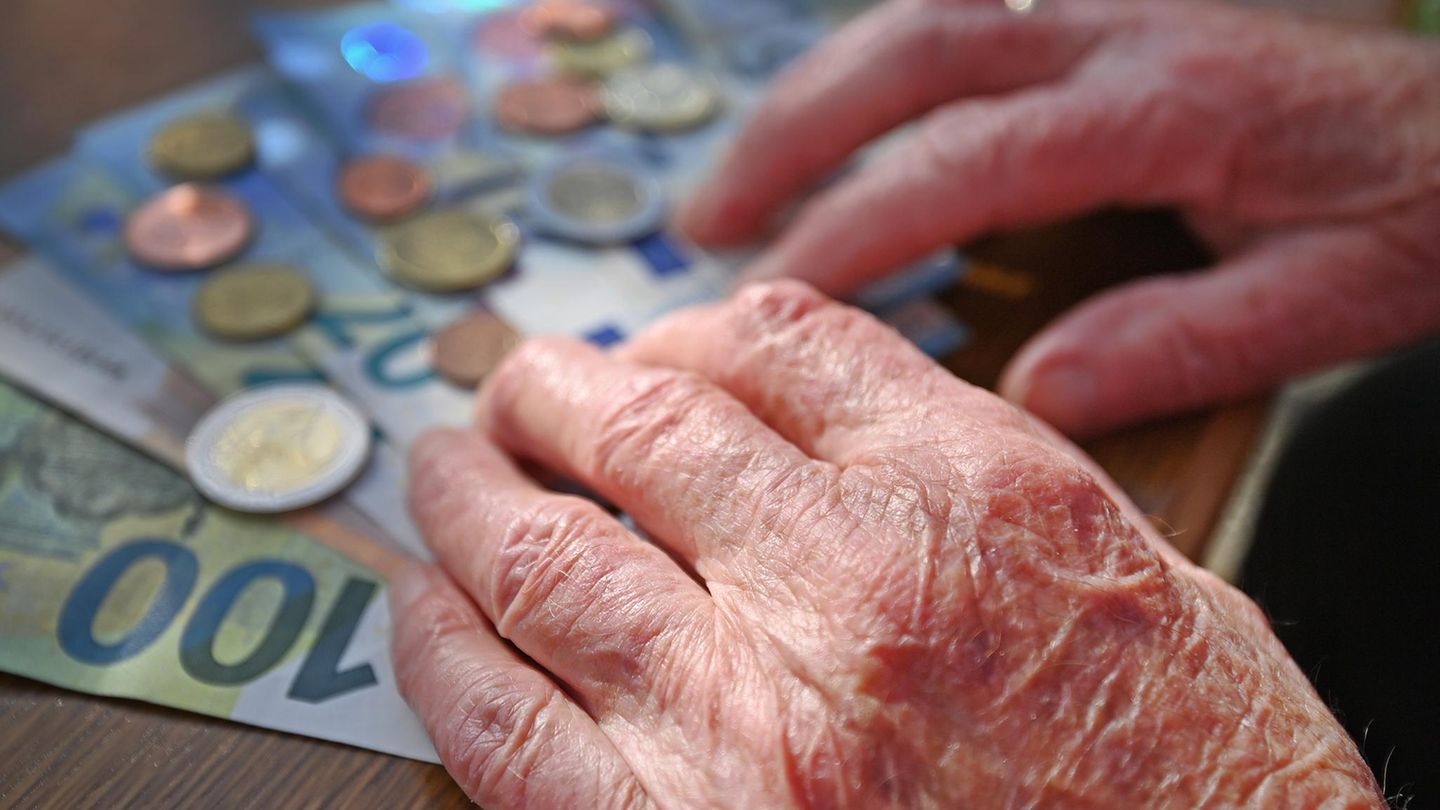The changeable weather in 2024 is a challenge for many winegrowers. It particularly affects organic farms.
The summer’s freak weather is causing problems especially for organic winegrowers in Germany. “It’s very difficult this year,” says the chairman of the Federal Association of Organic Winegrowing Ecovin, Georg Forster, referring to the spreading fungal disease downy mildew. “The classic thunderstorm at night with 20 degrees is the worst case scenario for the vine.”
The warm, humid weather has resulted in “enormous fungal pressure in the vineyards,” says Christian Schwörer, Secretary General of the German Winegrowers’ Association. “Organic winegrowers in particular are once again facing considerable challenges this year.”
“Maintaining plant health was also a challenge for conventional farms,” reports Ernst Büscher from the German Wine Institute in Bodenheim. “Powdery mildew was also a problem this year.” But because conventional farms are allowed to use different and longer-lasting agents against the fungi than organic winegrowers, most of them have managed to get it under control.
The weather also has its good side
“The warm temperatures combined with the good water supply have allowed the vines to grow very well in recent weeks, so the winegrowers are currently very busy with leaf work,” says Büscher. The general ripening of the grapes is also good.
The difficulty in organic viticulture in years like this is that “the approved natural plant protection products have to be used preventively in order to be fully effective,” explains the biodynamic cultivation association Demeter. “They are also washed away by heavy rainfall.” According to Demeter, it is particularly noticeable that regions and areas that were severely damaged by late frosts in the spring are now more susceptible to disease.
Frost and sunburn are added to downy and powdery mildew
Frost has led to losses in volume and more work in some wine regions, says Schwörer. “That’s a bitter pill to swallow.” Despite crop failures, the winegrowers affected by frost have to work their vineyards as normal with a view to the next vintage.
In some regions there is also a risk of sunburn. And as long as there is still a risk of powdery mildew, cool nights followed by morning dew are critical, warns Schwörer.
The use of copper is only effective in extreme quantities in extreme weather conditions, but in Germany it is limited to three kilograms per year and hectare, says Forster, describing the particular problems faced by organic winegrowers. Other European countries are allowed to use up to six kilograms of copper in extreme years such as this one. For this reason – for the sake of equal treatment – an application is pending at EU level to also be allowed to use more copper.
The amount of copper permitted in organic viticulture is not sufficient
However, this could at best be an approach for 2025. “The grapes are already ripening.” The aim is also to use as little copper as possible, although this loses its toxicity in living soil.
At the same time, organic winegrowers are campaigning for the re-approval of potassium phosphonate (KP), which has been banned since 2013. “The phosphorus ions are the only thing that could still help,” says Forster. This kills the fungus and at the same time triggers a defensive reaction so that the plant can defend itself against the infestation for a longer period of time.
In organic farms, this is only done twice a year – if it is permitted – and only sprayed into the blossoms, so that no residues can be found in the grapes when they are harvested, says Forster. KP is produced chemically and synthetically, but only because it cannot be broken down in nature – where it also occurs.
“2021 was just as bad a year as 2024,” said Forster. Since then, Ecovin’s organic winegrowers have focused even more on strengthening the health of the vines. Because: “The pests only go to the weakest plants.” It’s about nutrients and trace elements such as boron. “The condition of the soil is the only decisive factor. It is as important as the intestines are for the human immune system.”
Source: Stern




